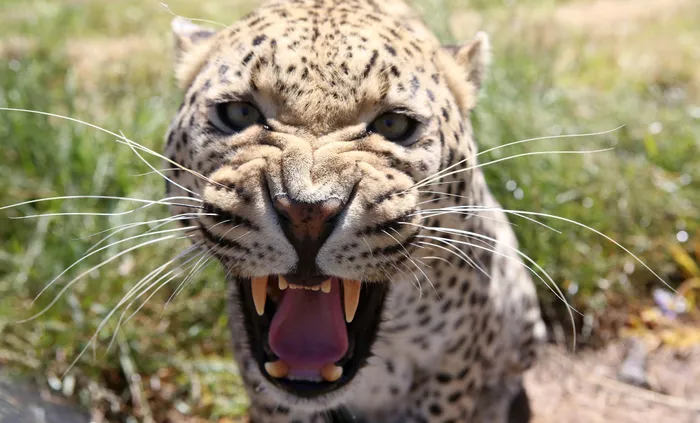Camera trapping reveals exciting insights into Cederberg leopards

CJ the leopard. Picture: Brendan Magaar / African News Agency (ANA)
In a thrilling development for conservationists and wildlife enthusiasts alike, the Cape Leopard Trust (CLT) Research team has provided an update on their camera survey of the Cederberg, a region synonymous with the birth of this esteemed trust.
The report, released in August this year, unveils promising findings and recounts the challenges faced during their mission.
Previous surveys have indicated that leopards in the Cederberg, much like their counterparts in the Western Cape, exist at significantly lower population densities compared to those in the Savannah biome.
The primary objective of this ongoing survey is to obtain a current estimate of the leopard population density in the Cederberg. This data will be compared to historical values, allowing for the tracking of population changes over time.
Crucially, it will also inform potential conservation efforts, undertaken in collaboration with local communities and conservation organisations.
The survey, spanning approximately 2,000 square kilometres of the Cederberg landscape, involves a network of 67 paired camera stations. Notably, 26 of these stations are located within the Algeria, Matjiesrivier, and Kliphuis Nature Reserves, courtesy of a collaboration with CapeNature.
The remaining 41 stations are distributed across private properties with the cooperation of 15 different landowners.
A remarkable aspect of this initiative is the unwavering support from local landowners who generously grant access for research purposes. Some even extend their support by assisting with camera servicing on their properties, highlighting the community's dedication to wildlife conservation.
The survey wasn't without its challenges. The deployment of most camera stations took place just before an unprecedented mid-June flood that isolated significant parts of the Cederberg.
The flood raised concerns about the fate of the cameras and data, with rivers and streams swelling to unexpected levels. Although eight paired camera stations were lost, most memory cards remained intact, narrating the story of torrential rain and rising waters through submerged images.
On a brighter note, the initial batch of 37,235 images retrieved from the remaining cameras has already yielded exciting results. Leopards have been recorded at 30 of the surveyed sites, sparking enthusiasm among researchers and conservationists alike.
The success of the survey owes much to the support of organisations like Hi-Tec SA, Ford Wildlife Foundation, and the Land Cruiser Club – Southern Africa, which provide vital equipment and vehicles essential for field-based research in the rugged Cederberg terrain.
IOL Environment
Related Topics: